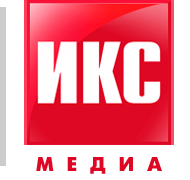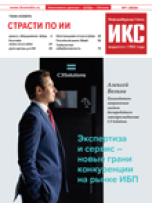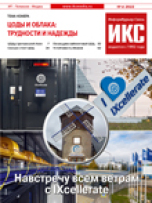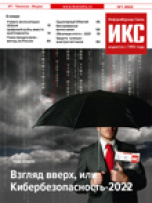| Рубрикатор |  |
 |
| Все новости |  |
World News |  |
 |
Convergence—Today's Reality
| 09 сентября 2008 |
Convergence is no longer a trend, but a reality. This convergence of the computing, telecommunications, and audiovisual industries has, simultaneously, impacted on both the demand side and the supply-side development of the satellite communications industry.
Service providers, equipment vendors and end-users are directly affected by the changes in network topology, product development and company business strategy. The consequences of these changes have been so profound that I doubt they were anticipated when “convergence” was first conceived.
Initially a marketing drive, convergence was launched by the telephone and cable TV companies to provide one bill for multiple services; thus increasing the top line revenue stream without any substantial capital investments in network infrastructure. Different service providers and equipment vendors are converging through a series of merges and acquisition deals to provide “bundled”, triple play services of voice, video and phone by a single distribution channel.
Market demand for these services is on the rise with a significant annual growth. More TV channels and HDTV programming coupled with need for the higher speed Internet access and services such as IPTV and high QoS VoIP require significant bandwidth growth in the “pipe” leading to the customer in the home. Operators realize that their current topology, system architecture and network equipment may provide a short term solution but, in the long run, they cannot expand to meet future demands.
De-regulation of the telecommunication industry has enabled the “three giants”— the phone, satellite and cable companies — to use their core competences as an anchor, to build the delivery of additional services around it. New technologies were developed using the existing infrastructure.
The cable TV industry developed the DOCISS standard for the delivery of Data and voice services over the existing coaxial and HFC networks.The phone industry developed the xDSL and xPON standards, to deliver their data and video services over existing copper twisted pair and fiber optical networks. The DBS industry has to “bundle” infrastructure and partner with an access provider to support their requirements of high speed data and voice offering to their customer base, while delivering their video content via satellite.
There are several ventures operating globally that deliver high speed data and voice services over satellite links, but these are limited and have not yet, on the whole, been accepted in the market place.
Источник: http://www.satnews.com















Оставить свой комментарий:
Комментарии по материалу
Данный материал еще не комментировался.